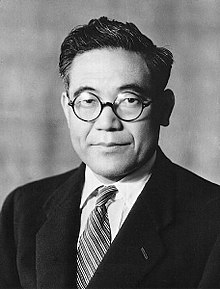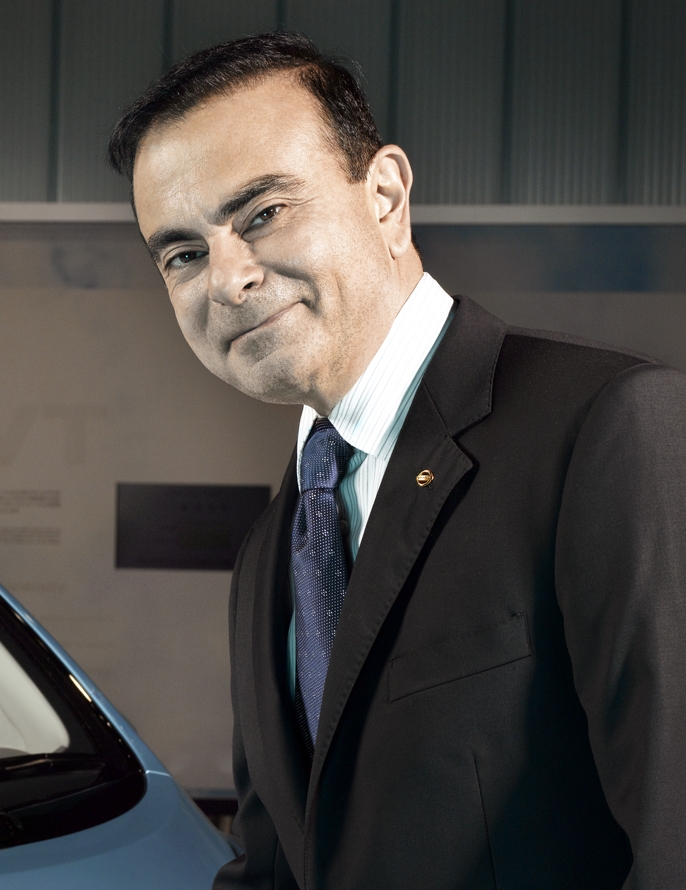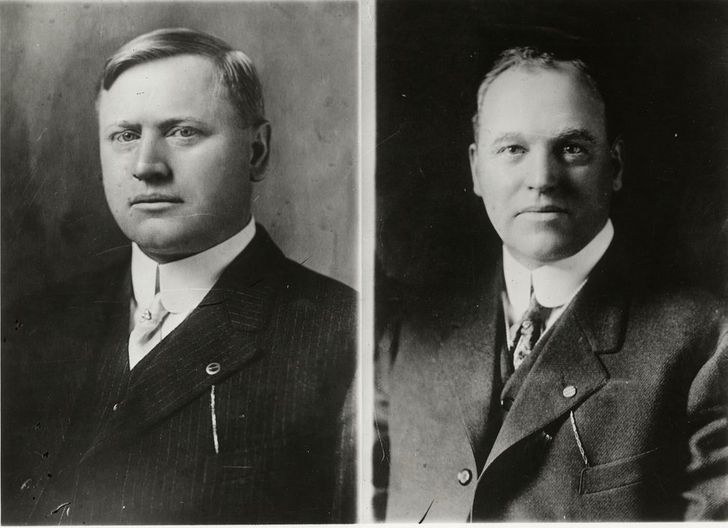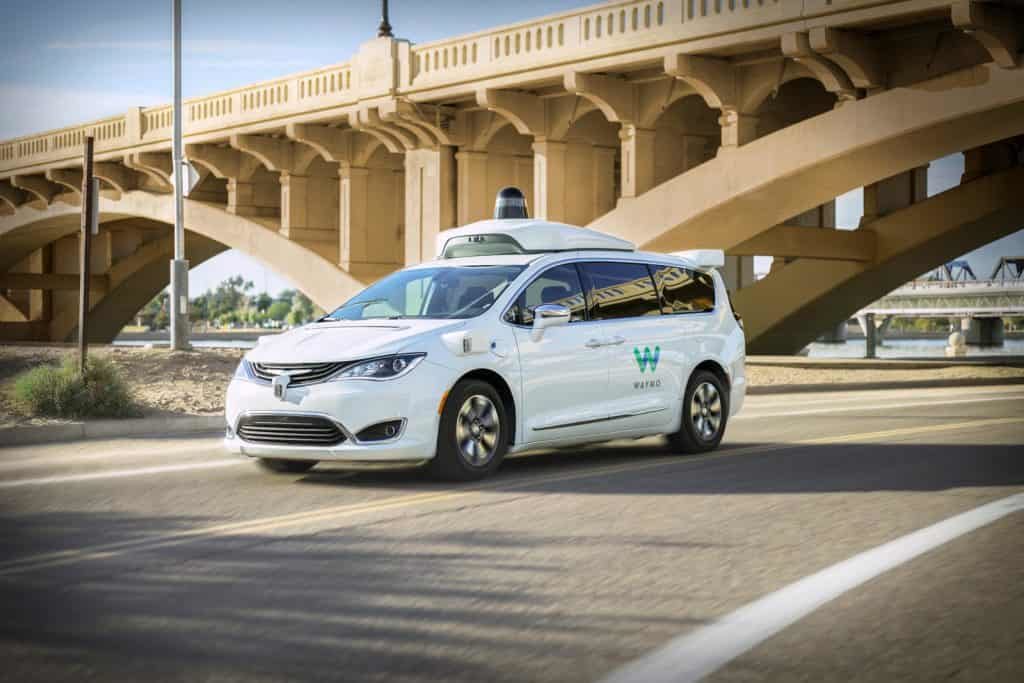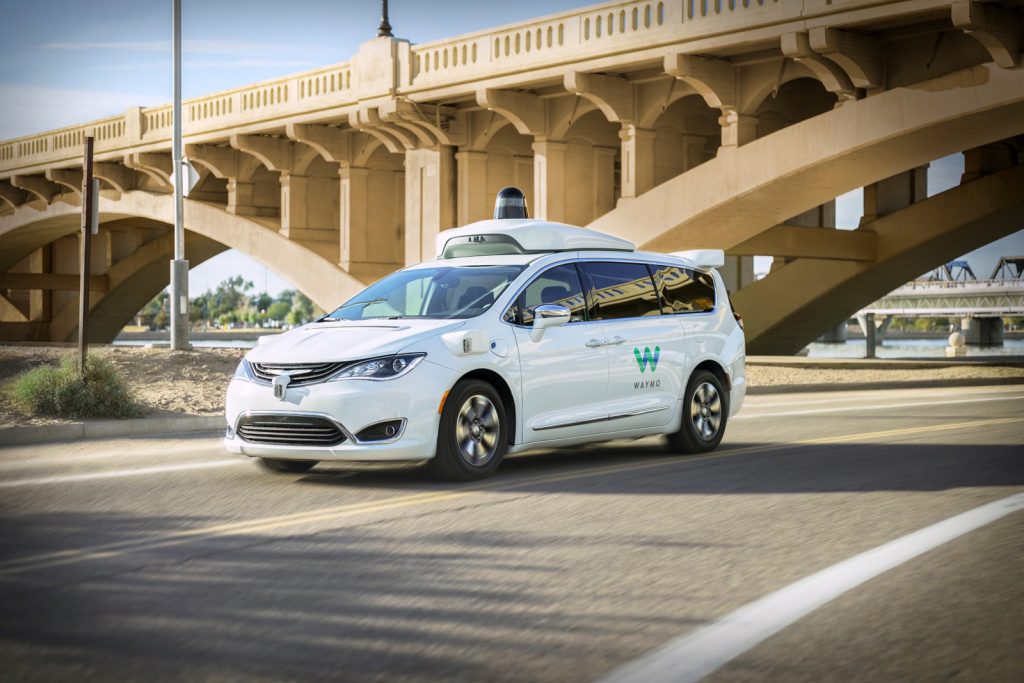Why are other automakers chasing Tesla’s ‘Gigacasting’?
Toyota Motor announced this week that it is going to employ a technology powered by Tesla called “Gigacasting” as an element of a plan to increase the efficiency and reduce the price of potential electric vehicles (EVs).
Toyota is not the only company imitating Tesla’s innovation.
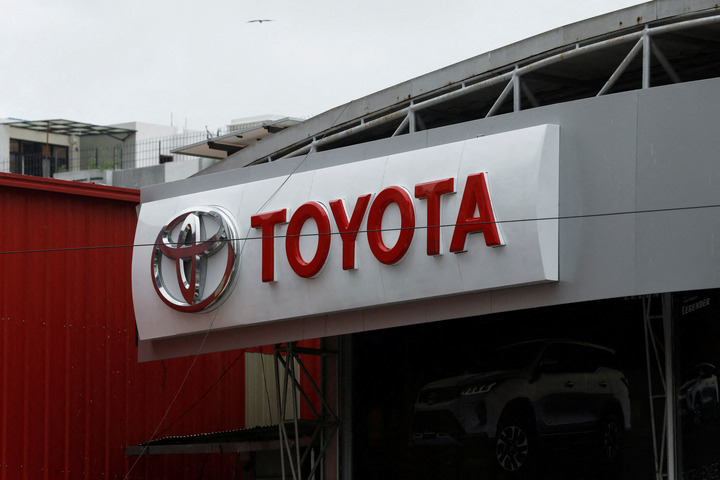
Here’s an overview of Gigacasting along with how the invention is pushing car companies to compete with Tesla:
Tesla has implemented the Giga Press which is an aluminium die-casting device, in its facilities in the United States, China along with Germany. The home-sized machines can create aluminium components that are much larger than anything previously used in the auto industry.
Also Read: Google launches AI-powered advertiser features
An average vehicle body is made up of over one hundred separately pressed metal pieces that have been soldered together.
According to experts, Tesla’s industry-leading economic viability has been attributed to fewer components, cheaper costs, and a streamlined manufacturing facility.
Tesla claims that by using just one part in the back of the Model Y, its most popular model, it was able to reduce associated costs by 40 per cent.
Tesla purchases its presses from IDRA in Italy which is a division of LK Industries since 2008 in China.
According to an AlixPartners estimate, the overall market for aluminium die-casting was over 73 billion USD last year and is expected to reach a value of $126 billion by 2032.
Along with Toyota, other automakers employing the technology include Hyundai Motor, General Motors, and also, Volvo Cars, Polestar along with Zeekr, all of which are subsidiaries of China’s Geely.
For the multifunctional van that it sells in China, Zeekr has begun using enormous aluminium die casts, while the company has stated that it would also use the approach for other kinds of vehicles.
Volvo stated last year that it will spend over 900 million dollars to renovate its facility close to Gothenburg in Sweden so that it would feature mega press technology.
Only the Model 3 as well as the Model Y represent the majority of Tesla’s revenues. It is simpler to justifiably invest in innovative manufacturing methods when there are high sales volumes on just two platforms. That benefit also applies to other Electric vehicle startups.
Experts have stated that it can be difficult for traditional automobile manufacturers to decide whether they should invest hundreds of millions of bucks in new casting technologies because they have more complex product lines and production machinery that has previously been amortised.

I am a student pursuing my bachelor’s in information technology. I have a interest in writing so, I am working a freelance content writer because I enjoy writing. I also write poetries. I believe in the quote by anne frank “paper has more patience than person


